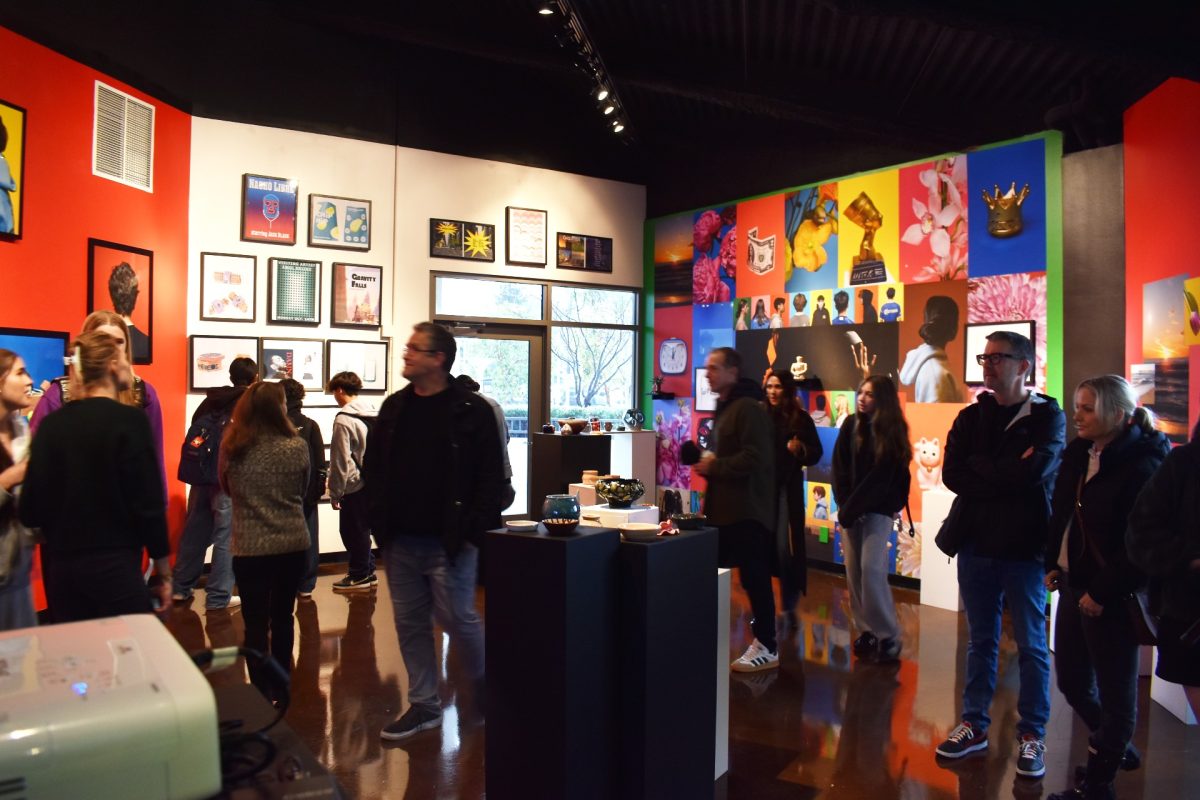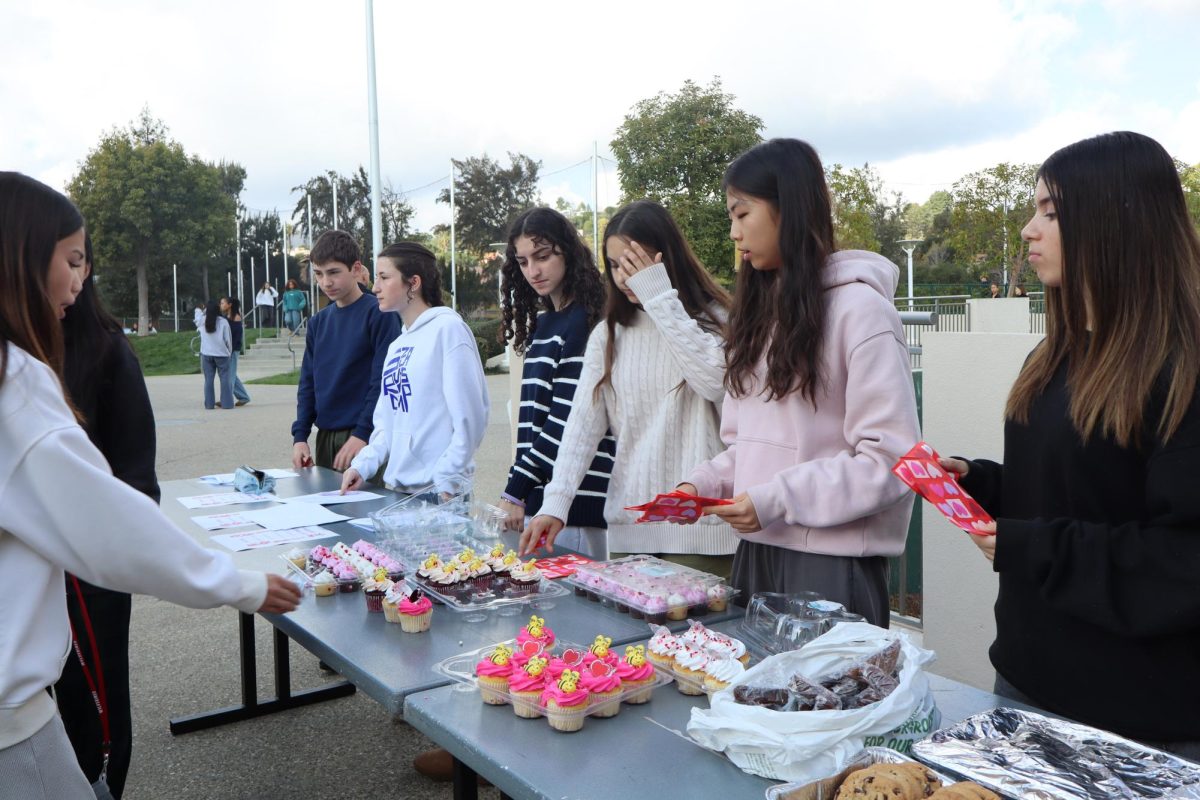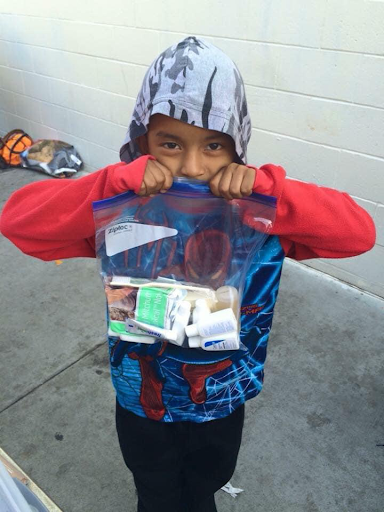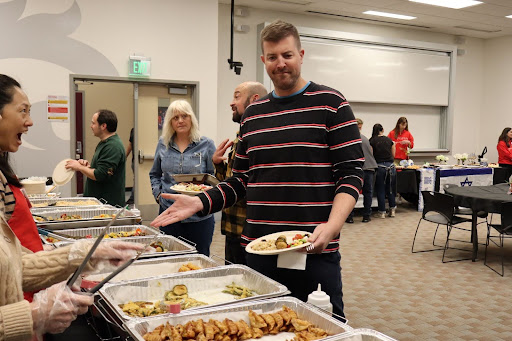When an email announcing FLEX Days was sent out on Sept. 11 by Harvard-Westlake (HW) Head of Middle School Jon Wimbish, many students didn’t fully understand what FLEX days were and how they would work.
“After I received the email, I had to read it over a few times to get a general idea of what FLEX Days were about,” said Sabrina Liu ‘24. “I’d say the whole concept was made much clearer after I attended the first FLEX Day.”
Even though the September roll-out came as a surprise, the development of the concept dates back months.
The process of developing FLEX Days began right after campus closed on Wednesday, March 11.
“Very soon after we closed campus, we expected we would be on a hybrid schedule next year, so when that was the plan, we started dealing with the issue of students being on their computers much longer than they usually are,” Wimbish said. “We knew we needed time for students to rest and recharge, so we figured we’d add in some “FLEX Days. So that’s where the idea of doing something like FLEX Days originated from: needing time off for students to rest and recharge. But FLEX days are a response to an altered type of calendar and an altered type of year, so once we go back to campus, they won’t be necessary. ”
The administration wanted to build in breaks for students to help reduce the school fatigue that would usually be solved by the annual retreats for each grade and various other school events.
“There were kids who were saying ‘I’m on my computer all day long’ or ‘my back is hurting’ or ‘I have headaches’ or ‘I’m not sleeping as well,’ so those kinds of things are what we wanted to keep in mind when developing this idea,” Wimbish said. “The whole idea was to build in some breaks throughout the school year and use those days to build community, give students the opportunity to get some work done in a stress-free environment, meet with teachers, and so much more.”
This sentiment has proven to be true, with FLEX Days so far consisting of a community building day for each grade, multiple FLEX Days to meet with teachers, a Student Council Halloween Drive-Thru, community service opportunities for seventh graders and much more.
Behind the organization and execution of these FLEX Days is Middle School Director of Student Affairs Keith Jordan.
“What I do in terms of FLEX Days is help figure out the specifics,” Jordan said. “Things like, what will the theme be? Will it be community building related, or more fun activity related or academic related? I also handle the logistics of figuring out how to organize the day and make it workable for both students and faculty.”
In a survey sent to the middle school student body, students responded positively to FLEX Days, 62.8% of 300 respondents saying they think FLEX Days are a good addition to HW.
With there being over 200 new seventh graders joining the HW community during this unusual year, FLEX Days have been a source of community building for them.
“FLEX Days are a great way to make new friends while also having fun,” Nikka Gershman-Pepper ‘26 said. “As a 7th grader who is new to the school, it’s especially hard to meet new people while online, but FLEX Days are an awesome way to overcome this challenge.”
Along with the seventh graders, more than 90 new ninth graders also joined the HW community this year. With over 200 returning students and no real life interaction, it’s naturally difficult for there to be the normal sense of community building that 9th graders experience every year. According to ninth grade respondents, however, FLEX Days have helped with this challenge.
“As a new 9th grader to Harvard-Westlake in the era of COVID-19, the beginning of the school year has been especially difficult for me, at least socially speaking,” Elizabeth Johnstone ‘24 said. “This FLEX Day allowed me to meet new classmates and teachers, experience school spirit, and learn for the first time what it means to be a Harvard-Westlake student. I love all of my classes, but that’s just not something you can find in a textbook.”
Though there was plenty of praise for the FLEX Days, there were also some suggestions made to the administration.
“FLEX Days should be more physical activities created by students,” Claire Young ‘24 said. “I also feel like it would be a lot more fun if we weren’t staring at our computer screens the whole time.”
Some students also mentioned that it was difficult to connect with classmates in the virtual format of FLEX days while also being combined with social issues that students usually face, such as cliques.
“Although the FLEX Days do teach us about community-building principals, it still was difficult to interact with others and cultivate a sense of camaraderie amongst my grade,” said Aaron Milburn ‘24. “Especially when cliques, competitiveness and physical distance get in the way of that.”
With more FLEX Days scheduled throughout the year, FLEX Days seem to be a feature of the schedule that will become a staple of our virtual community this year as students experience more and more of them.






